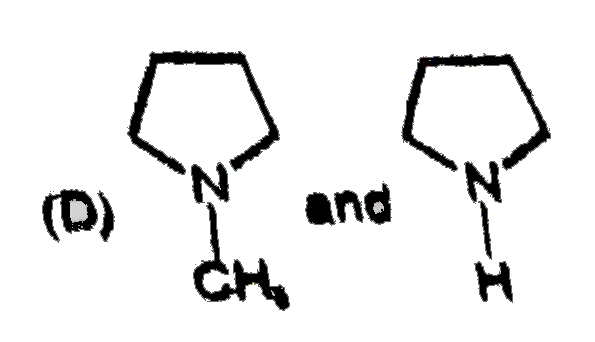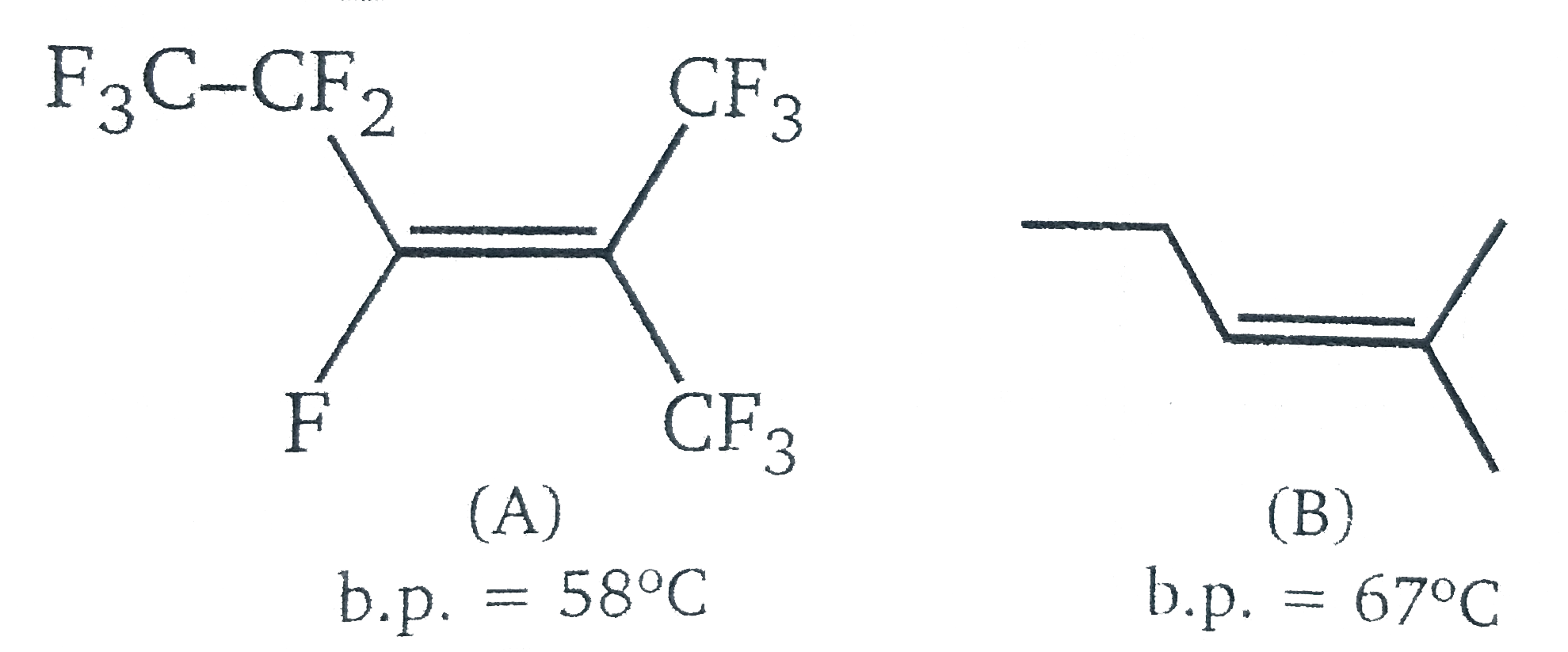Explain the following
(i)H3PO3 is a dibasic acid.
(ii) Phosphine has lower boiling point than ammonia.
Video Solution
Text Solution
(i) N/A
(ii) In ammonia, there is intermolcular hydrogen bonding, and the molecules are associated. So it has a higher boiling point. Whereas, phosphorous is less electronegative and can not participate in hydrogen bonding, so in phosphine there is no hydrogen bonding, it has a low bonding point.
|
Updated on:21/07/2023
Topper's Solved these Questions
- BOOK - CENGAGE CHEMISTRYCHAPTER - P-BLOCK GROUP 15 ELEMENTS - THE NITROGEN FAMILYEXERCISE - Exercises Archives (True/False)2videos
P-BLOCK GROUP 15 ELEMENTS - THE NITROGEN FAMILY
- BOOK - CENGAGE CHEMISTRYCHAPTER - ORGANIC COMPOUNDS WITH FUNCTIONAL GROUPEXERCISE - Archives Analytical And Descriptive24videos
ORGANIC COMPOUNDS WITH FUNCTIONAL GROUP
- BOOK - CENGAGE CHEMISTRYCHAPTER - P-BLOCK GROUP 16 ELEMENTS - THE OXYGEN FAMILYEXERCISE - Archives Subjective10videos
P-BLOCK GROUP 16 ELEMENTS - THE OXYGEN FAMILY
Similar Questions
Knowledge Check
- Question 1 - Select One
In which case second has lower boiling point than first ?
A B
B C
C D
D
- Question 2 - Select One
H3PO3, phosphorus acid is
Aa diprotic acidBa triprotic acidCa monoprotic acidDnot acidic
PH3 has lower boiling point that NH3. Why ?
View SolutionPH3 has lower boiling point that NH3. Why ?
View SolutionExplain why A has lower point than B ?
 View Solution
View SolutionPH3 has lower boiling point that NH3. Why ?
View SolutionGive reasons for the following.
a. LiCI is more covalent than KCI.
b. LiI has lower melting point than LiF.
c. During electrolysis of molten sodium chloride, calcium chloride and potassium fluoride are added.View SolutionH3PO3 is a diprotic acid. Justify.
View Solution

